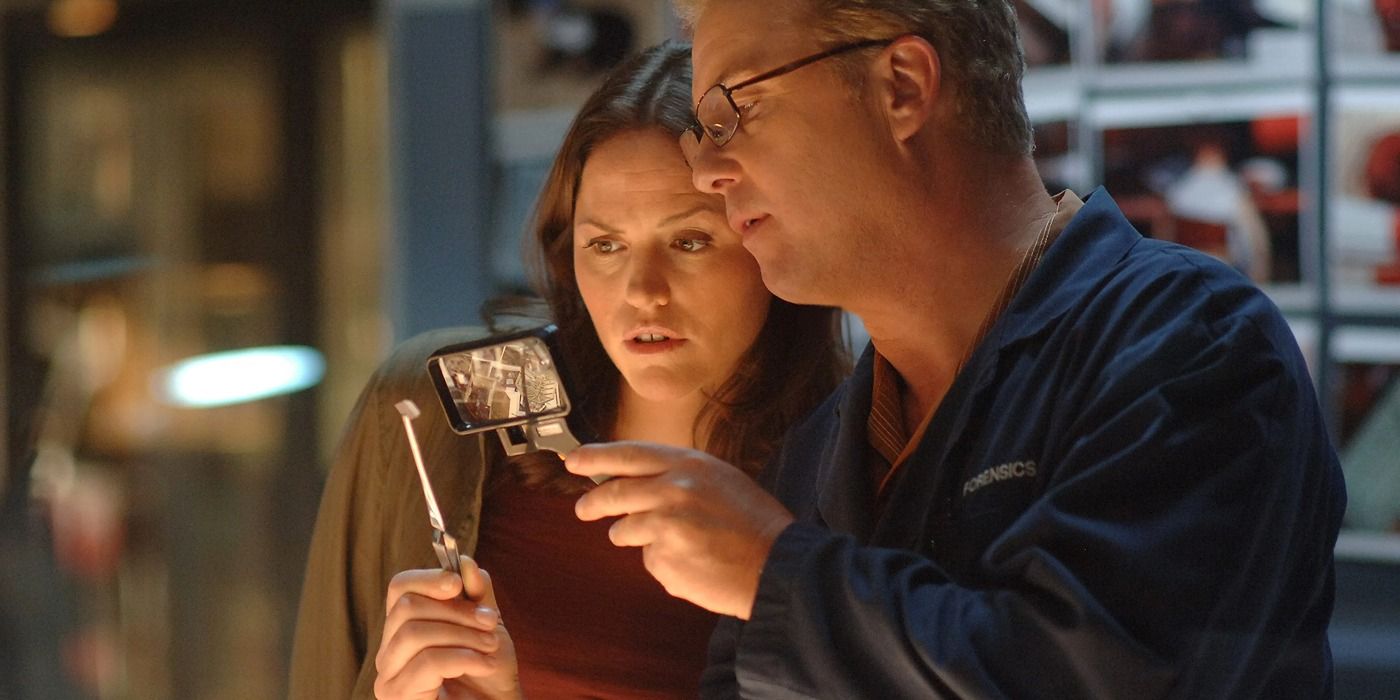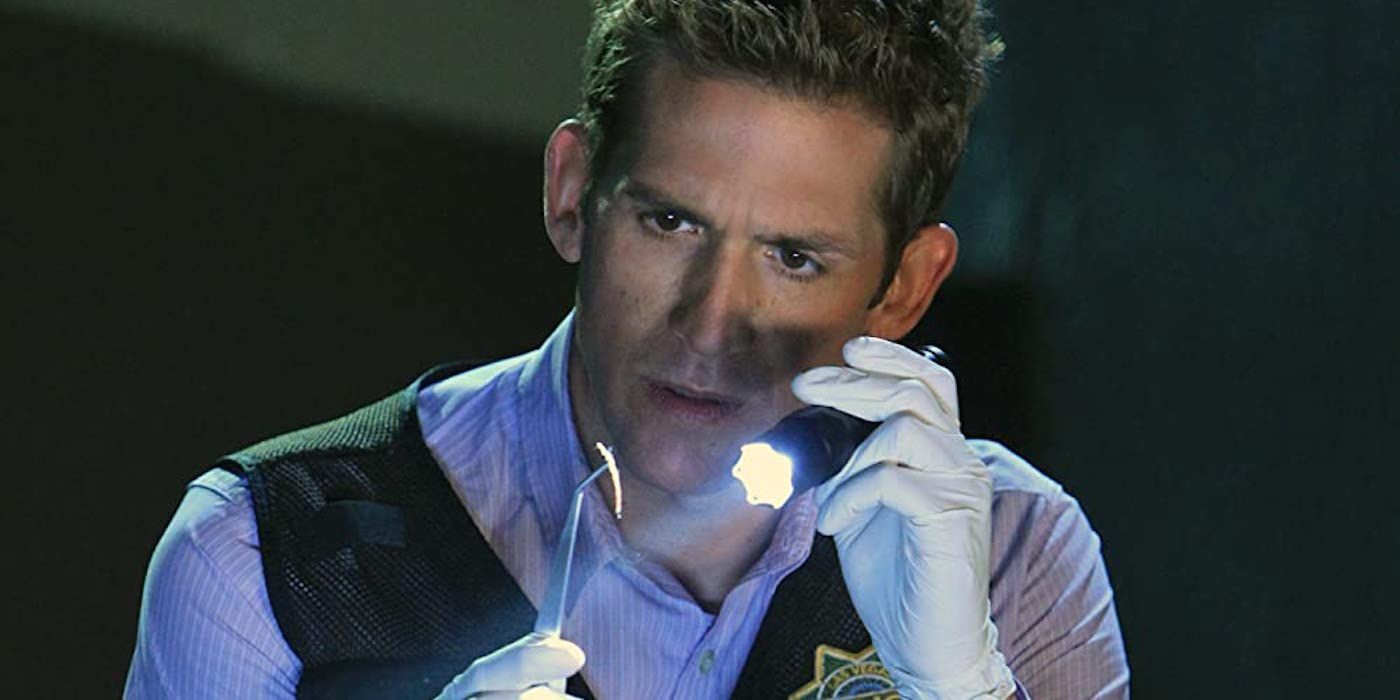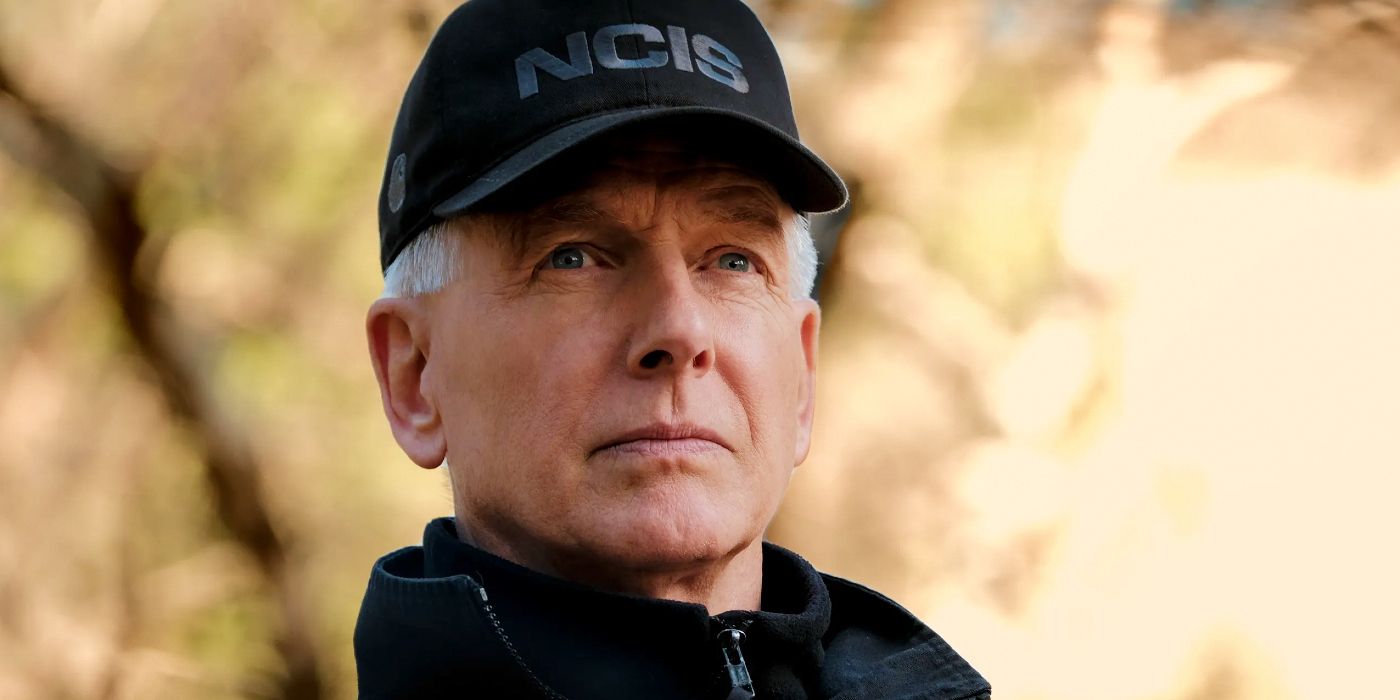4 Ways CSI Completely Changed Policing & Television

Summary
- CSI has had a significant impact on real-life policing, driving advancements in forensic science and influencing law enforcement procedures worldwide.
- The “CSI effect” has shaped jury expectations and public dialogue about the criminal justice system, leading to a greater understanding of forensic evidence but also misconceptions about its application.
- CSI revolutionized police procedurals, introducing a new level of realism and influencing the genre’s structure by emphasizing the process of crime-solving and elevating the importance of accurate evidence analysis.
The influence of the television series CSI on both policing methods and television is undeniable. Since its debut in 2000, CSI has revolutionized the portrayal of forensic science in popular culture, captivating audiences with its meticulous problem-solving techniques. This phenomenon has not only shaped public perception of law enforcement procedures but has also driven advancements in real-life diagnostic practices. CSI has impacted crime-solving in the realms of both real-word policing and entertainment.
The CSI TV franchise snowballed into a multimedia empire. Spawned from the streets of Las Vegas, it gave rise to spin-offs set in Miami and New York, each carving its own niche in the crime procedural landscape. These productions, with their distinct atmospheres, captivated audiences. The franchise’s ripple effect extended beyond the screen, inspiring a surge in interest in genuine forensics and spurring the creation of similar programs. It left a mark on the entertainment industry, cementing CSI as a cornerstone of modern broadcast history.
4 CSI Has Impacted Perceptions Of Real-Life Policing
CSI‘s impression of current criminal justice practices cannot be overstated. By showcasing cutting-edge technologies and thorough investigative techniques, CSI has not only captivated audiences but also catalyzed change within the field of forensic science. It prompted a reevaluation of outdated methods, pushing for their refinement or replacement with more accurate and efficient approaches. This power extends to authority agencies, leading experts, and even policymakers, who have recognized the need to invest in updated technology and training. As a result, CSI‘s portrayal of this discipline has played a pivotal role in driving advancements, ultimately enhancing the accuracy and reliability of criminal inquiries worldwide.
3 CSI Has Affected Jury Duty & Jury Perception
CSI‘s dominance permeates beyond mere entertainment, leaving a profound mark on the legal terrain. The widely recognized “CSI effect” characterizes how the show has molded juror expectations in criminal trials. Jurors, steeped in the high-tech forensics and careful evidence analysis portrayed on CSI, may foster impractical notions of how it all works in actual courtroom proceedings. This effect underscores the need for a more sophisticated understanding of proof within the legal framework and emphasizes CSI‘s effect on shaping public dialogue concerning the criminal justice system. Many jurors today have a greater understanding of various aspects of examinations, testimony, and criminal routines because of CSI, but they don’t necessarily properly grasp how to apply it to real-world proceedings.
The series has also shaped individuals’ aspirations to engage in criminal cases. This, in turn, affects how lawyers approach the defense of suspects and the presentation of evidence. It has also transformed how prosecutors litigate cases, necessitating an amplified emphasis on forensic exhibits. Furthermore, CSI‘s impact has fostered an erroneous belief among some that they hold expertise in criminal matters, derived solely from what they’ve witnessed on CSI. This highlights the intricate interplay between entertainment, public impression, and the legal domain.
2 CSI Influenced How Police Procedurals Are Structured
CSI‘s influence on modern crime procedurals is profound and far-reaching. It pioneered a change in storytelling, emphasizing the intricate process of offense-solving alongside character development. This formula, merging science with drama, became a template for TV shows like Bones, and Criminal Minds. CSI‘s control is evident in the proliferation of forensic-focused narratives, where rigorous evidence analysis takes center stage. It introduced a new level of realism, pushing writers and producers to consult with actual field experts. This attention to accuracy elevated the genre, offering a more authentic experience. In essence, CSI revolutionized police dramas, setting a standard that continues to shape the way people consume and engage with this genre today.
CSI‘s trailblazing success came with a unique approach—minimal role development. Instead, it focused on the intricacies of forensic investigation. This departure from traditional character-driven narratives marked a significant adjustment in programming. Later shows, replicating some of CSI‘s formula, sought to strike a balance. They retained the organized elements while incorporating deeper arcs. This evolution allowed viewers to form stronger emotional connections with the personalities, enhancing their investment in the storyline. As a result, the influence of CSI is palpable in a generation of crime procedurals that not only excel in intricate detail but also engage audiences on a more personal, human level, like the NCIS series.
1 Other Popular Shows Have Been Strongly Influenced By CSI
CSI‘s reflection on NCIS is seen through a shared emphasis on probes within law enforcement narratives. While CSI revolutionized this genre, NCIS expanded upon it by integrating military contexts. Both series employ specialized teams, led by seasoned investigators: Grissom in CSI and Gibbs in NCIS. These leaders exemplify dedication and expertise. However, while CSI initially favored systematic focus over character development, NCIS introduced more personal storylines. Personas like Tony DiNozzo and Abby Sciuto gained depth, akin to CSI‘s evolution in later seasons. This shift enhanced audience connection, paralleling CSI‘s ascendancy. Ultimately, NCIS stands as a testament to how CSI‘s legacy inspired fresh approaches within the realm of forensic-driven television.
CSI‘s reflection on Bones and Criminal Minds is in their shared commitment to blending forensic science with gripping tales. Bones mirrors CSI‘s focus on specialized experts, with Dr. Temperance Brennan paralleling CSI‘s detailed approach to forensic anthropology. Both shows strike a balance between procedure and character dynamics, with Brennan’s partnership with FBI Agent Seeley Booth echoing the collaborative dynamics in CSI. Criminal Minds similarly draws from CSI‘s template, digging into the psychological profiling of criminals. The BAU team, much like CSI‘s squad, navigates complex cases, emphasizing meticulous analysis. These performances, shaped by CSI‘s pioneering dominance, stand as testaments to its enduring legacy in the realm of police-investigative entertainment.






:quality(85)/cloudfront-us-east-1.images.arcpublishing.com/infobae/23I6HWECTZBI5A4AMLX2RIGNAI.jpg)
